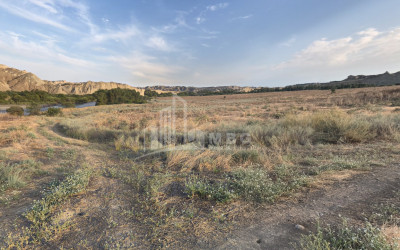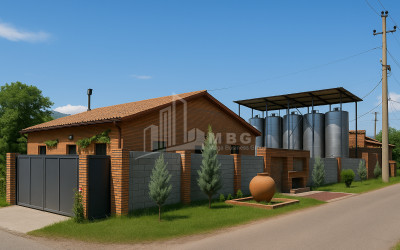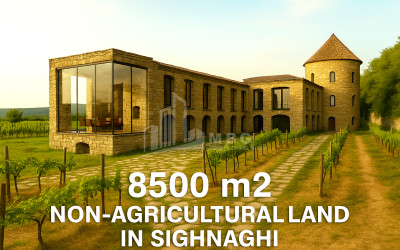Sighnaghi is a city in Georgia, the administrative center of Sighnaghi Municipality. Located 13 km from Tsnoristskali railway station. It was declared a city in 1801. In Sighnaghi there are small enterprises of food and light industry (sewing), theater.
Etymology
- Sighnaghi is a word of Turkish origin (Turkish: sığınak) and means "shelter".
location
- The location of the town on an elevated spot was convenient for defensive purposes. Gates were arranged in the city wall for the rapid evacuation of the population of the surrounding villages.
- Sighnaghi, like Telavi, was considered a royal estate. It is also noteworthy that there was no dictatorship in Kiziki at all. Consequently, Kiziki was a sovereign country and was directly subordinate to the king. The civilian government here was ruled by Mouravi; According to military regulations, Kiziki was the first advanced flag to be flown by the Bishop of Bodbe.
- Sighnaghi was established mainly as a city of craftsmen and merchants due to its location. There were several trade routes here. The old caravan route ran from Tbilisi via Nukriani to Hereti and from Sighnaghi via Anagi to Telavi.
History
- Sighnaghi restored street
- Sighnaghi_Bodbe Monastery, where St. Nino is buried
- Sighnaghi is currently one of the most beautiful cities in Georgia, whose charm is due to its architectural appearance over time, as well as its natural location: the city is located on a high hill and overlooks the open area of the Alazani Valley and the Caucasus ridges.
- Sighnaghi was formed as a city at the end of the XVIII century, on the territory of the fortress built by Erekle II and around it. However, archeological excavations show that this area has played an important role since the Paleolithic, Neolithic and Bronze Ages.
- The territory of Sighnaghi district was formerly known as Kambechovani, then it was called Kiziki. Kambechovan (Cambyses in ancient Greek sources) in ancient times. In the II-I centuries it was part of the Kingdom of Iberia. In the New Year, its center became the city of Khornabuji.
- After the recognition of Christianity as the state religion of Georgia, this side acquires great importance. St. Nino was executed and buried here. King Vakhtang Gorgasali made Hereti and the Kambechovani within it a kingdom and gave it to his son, Dachi, and established an episcopal see in Khornabuji. The main trade-caravan road passed through Khornabuji.
- In the VIII-IX centuries, despite the devastating Arab invasions, Hereti became stronger and became a principality. In the 11th century, King Bagrat III annexed Kakhet-Hereti to a united Georgia, which was eventually strengthened by David the Builder. In the 13th century, the invasion of Jalaluddin and the Mongols also affected Kambechovan, which became one of the Mongol dunes (military districts).
- In 1264, during the devastating invasion of Berka Kaen, the fortress of Khornabuji also fell. After that, Khornabuji, as an economic and political center, loses its importance. The roads that ran through this city were destroyed. Aremare turned to the periphery. The center of Kambechovna moved to the northwest to ზიizik, where agricultural activities and population were still preserved. It happened around the turn of the XIV-XV centuries.

 ka
ka
 en
en
 ru
ru




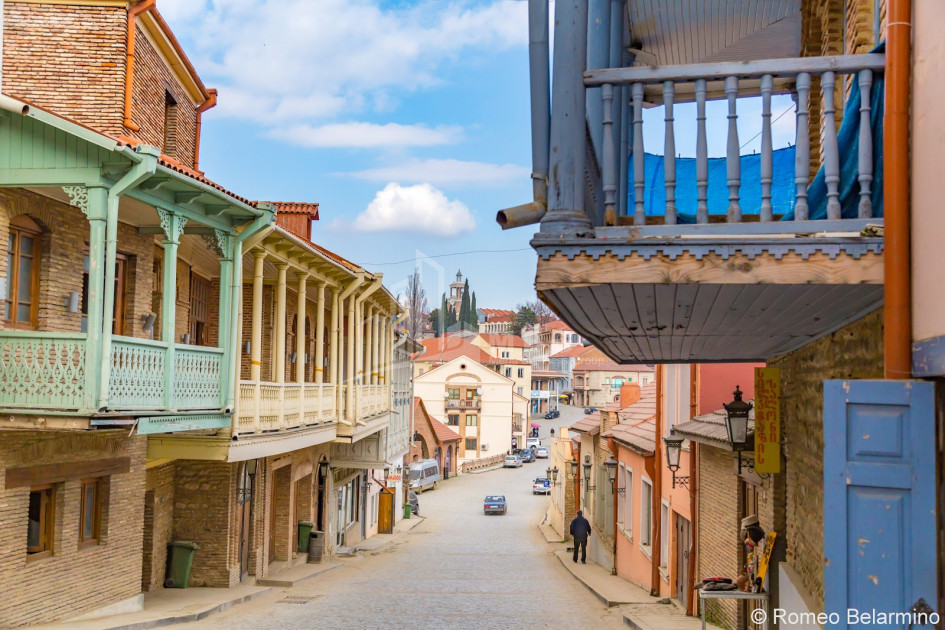
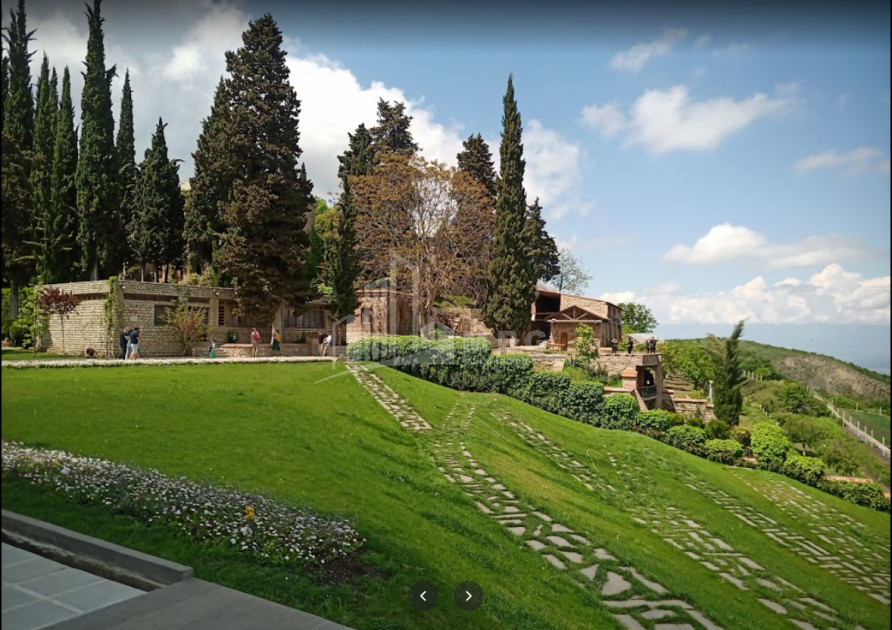
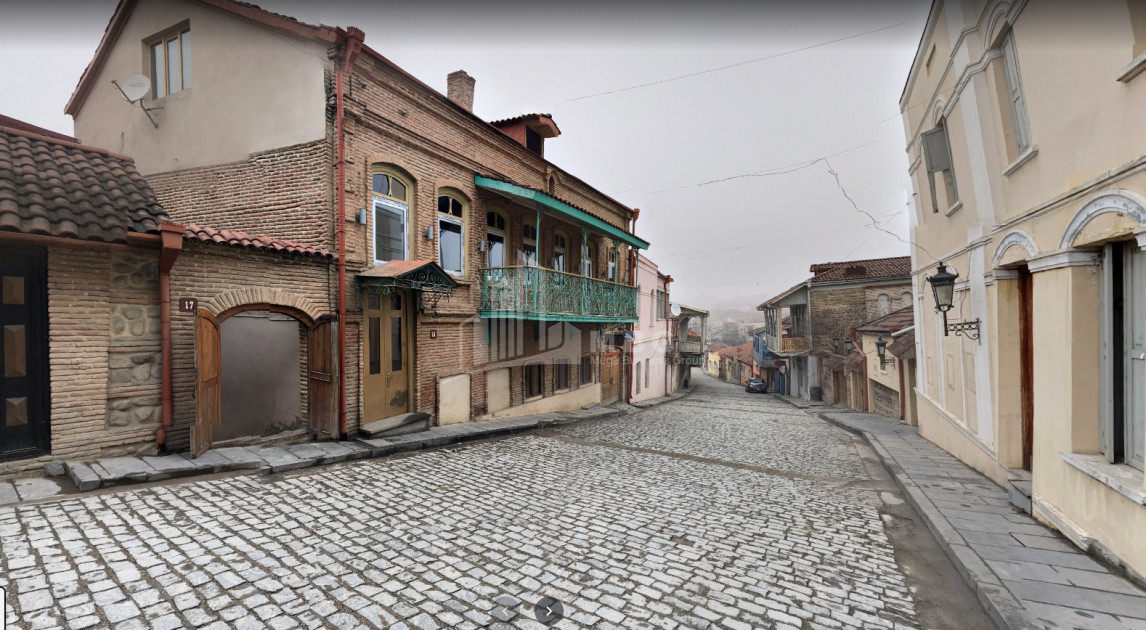
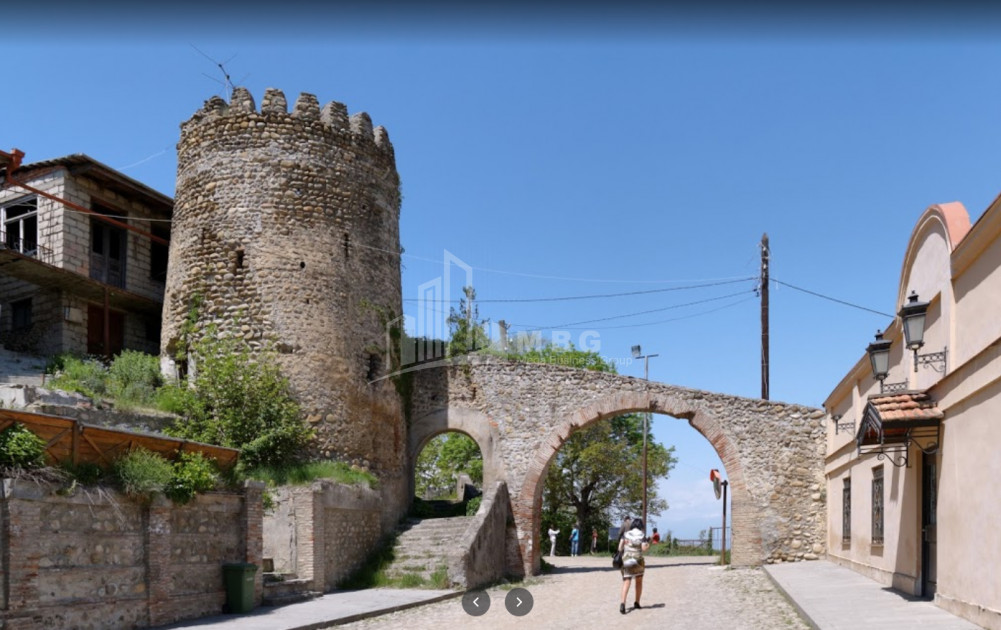
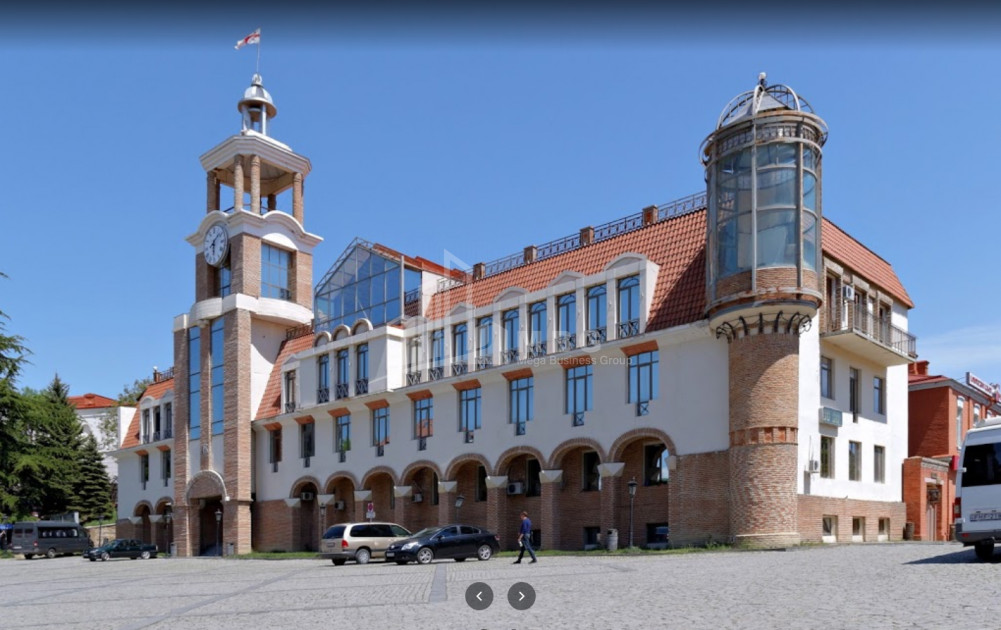
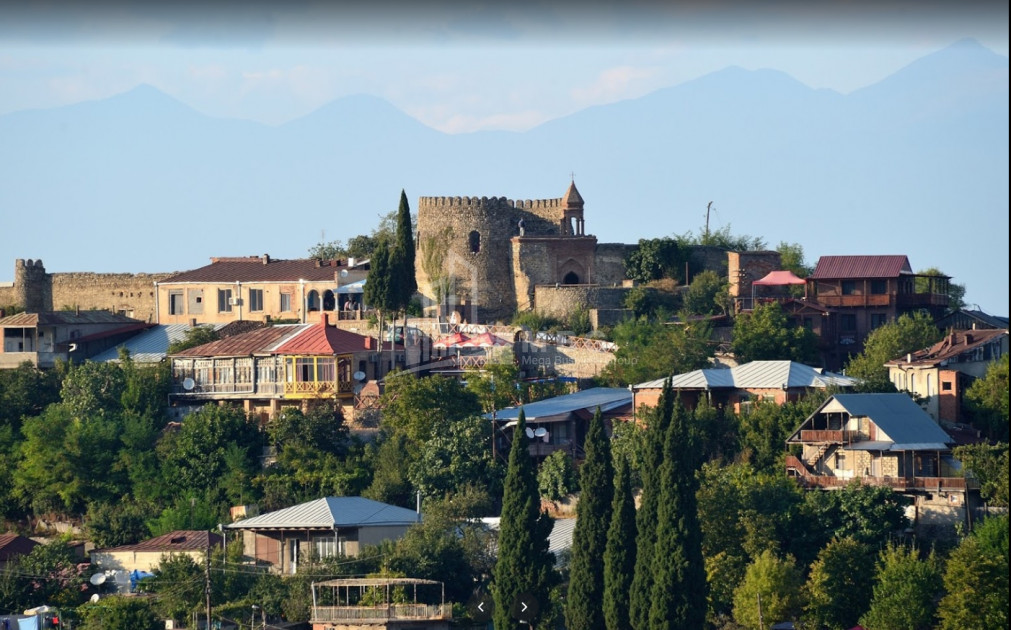
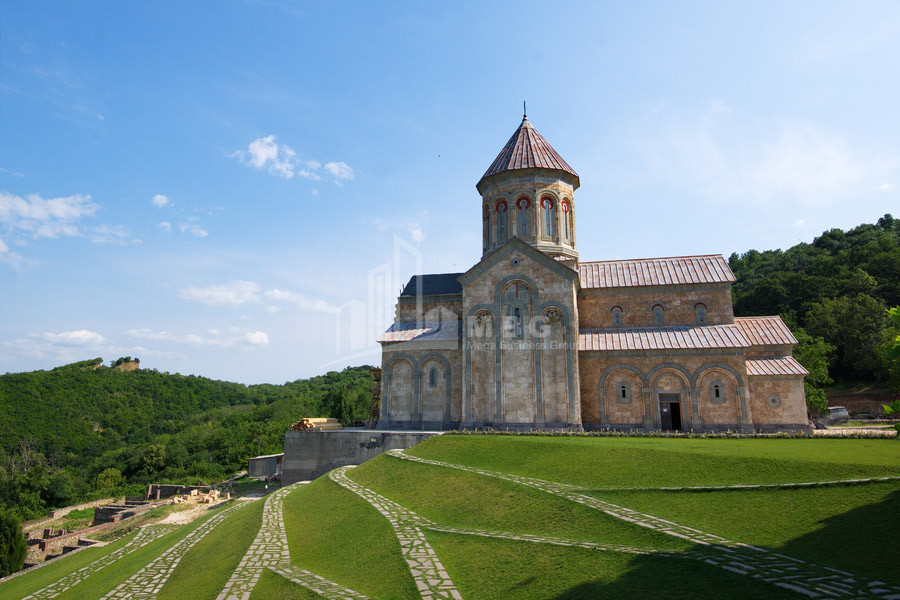
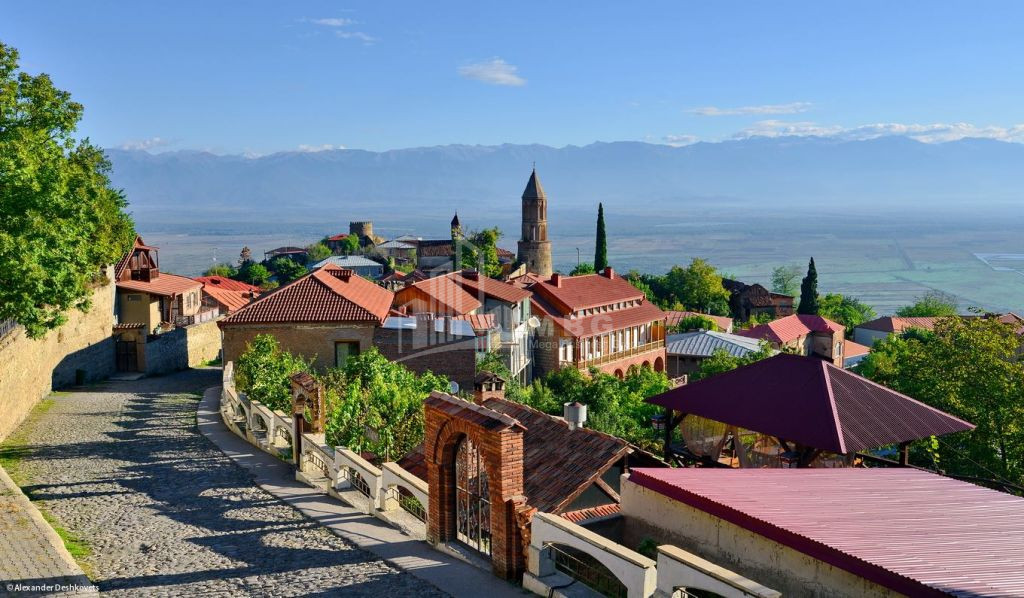
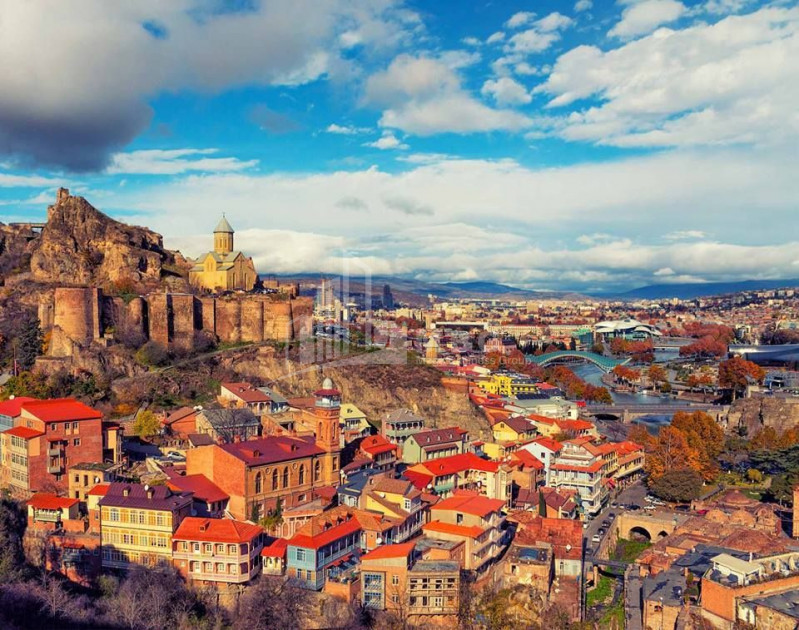
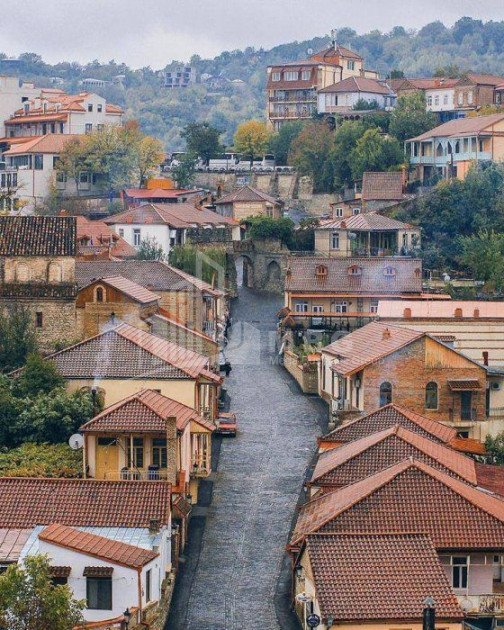
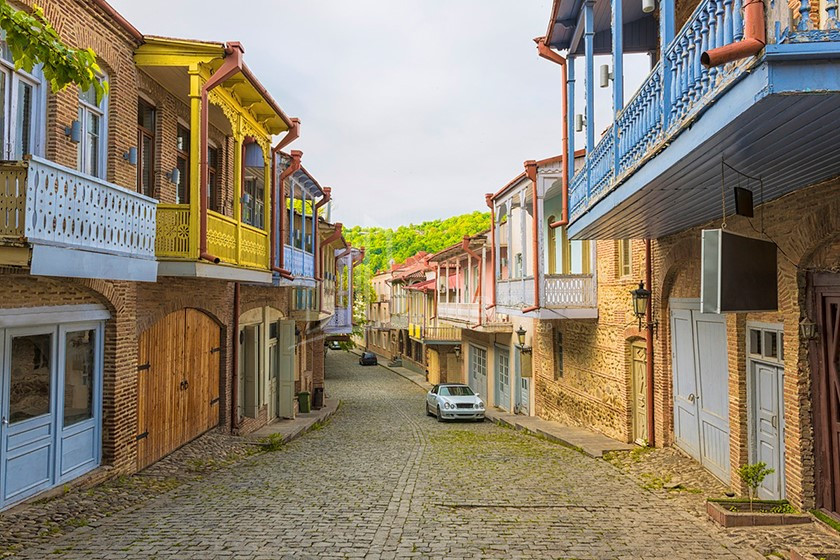
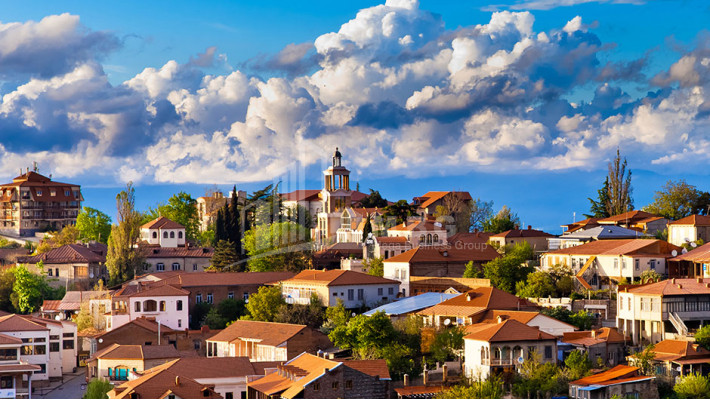
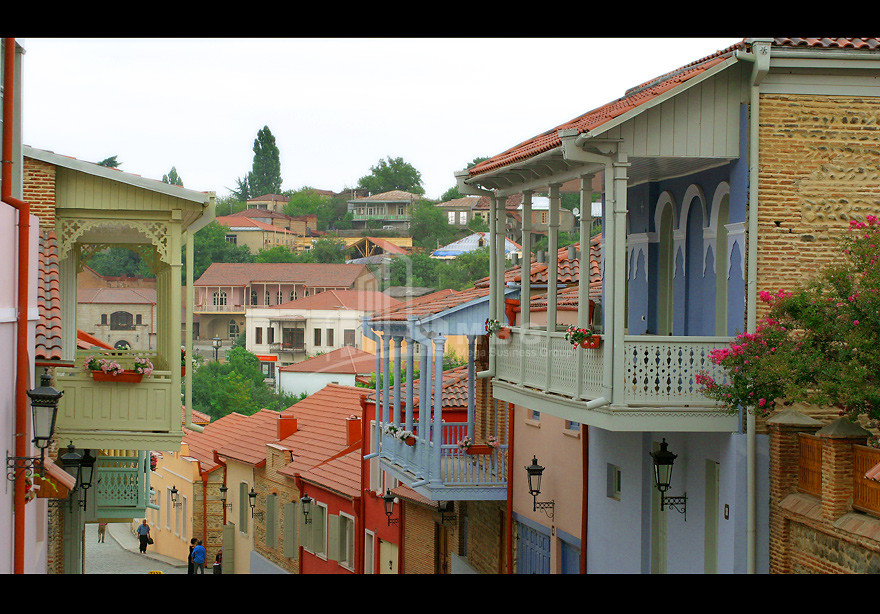
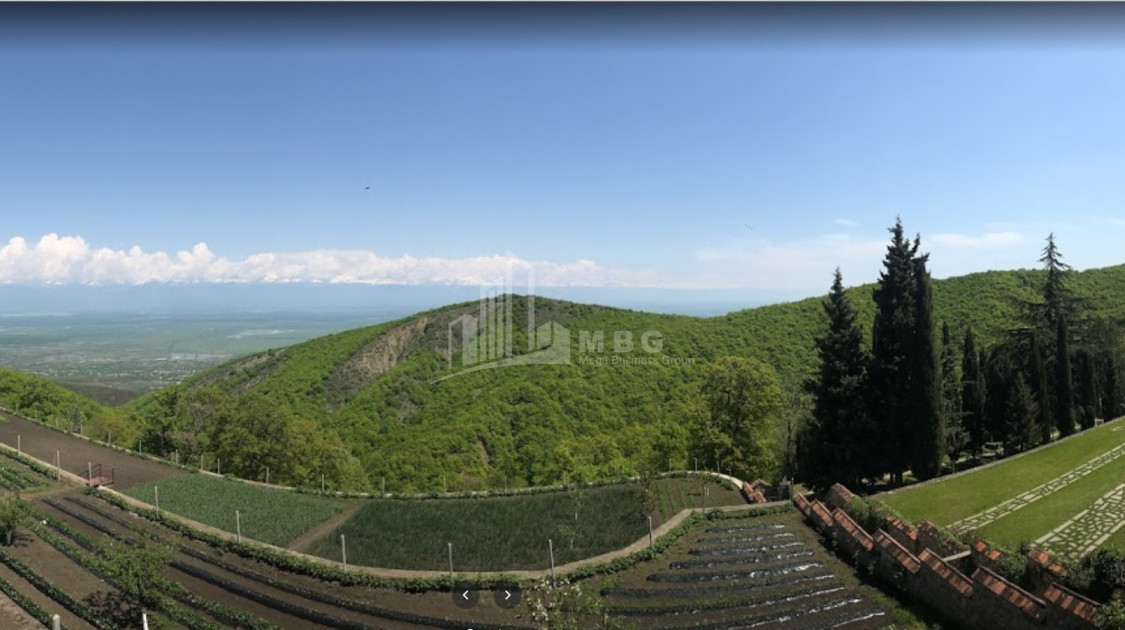
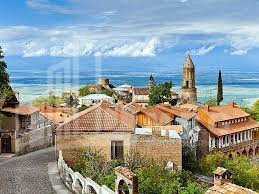
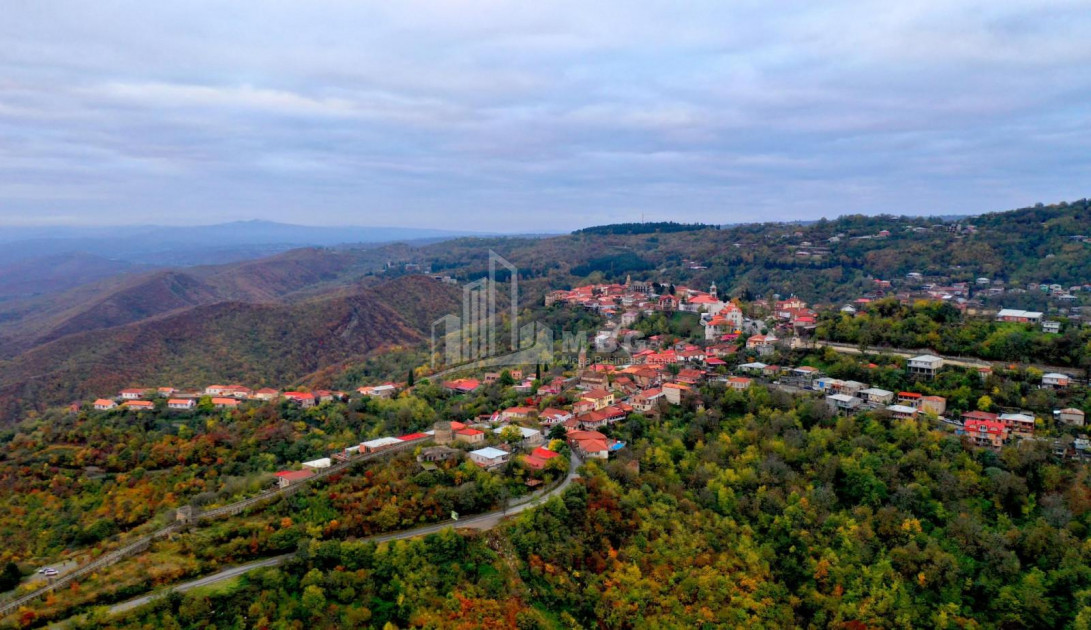
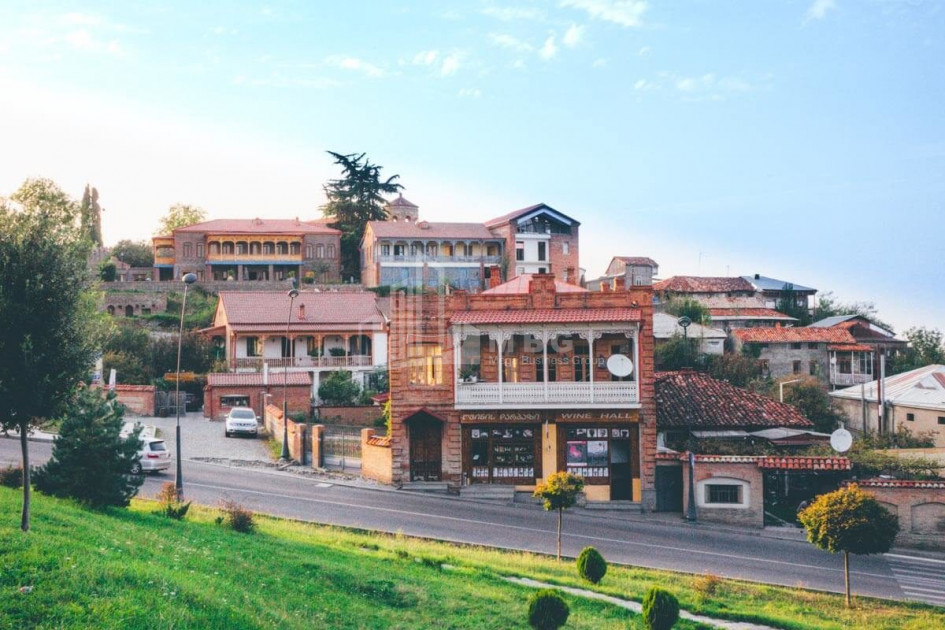
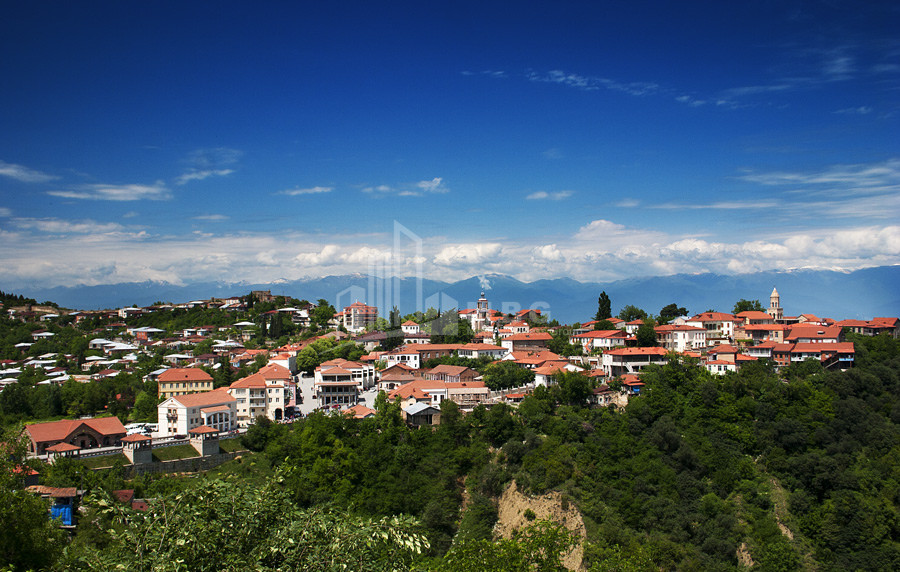
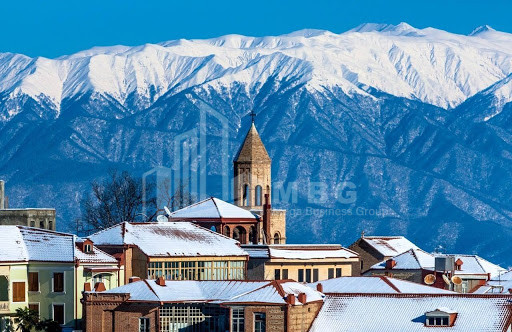
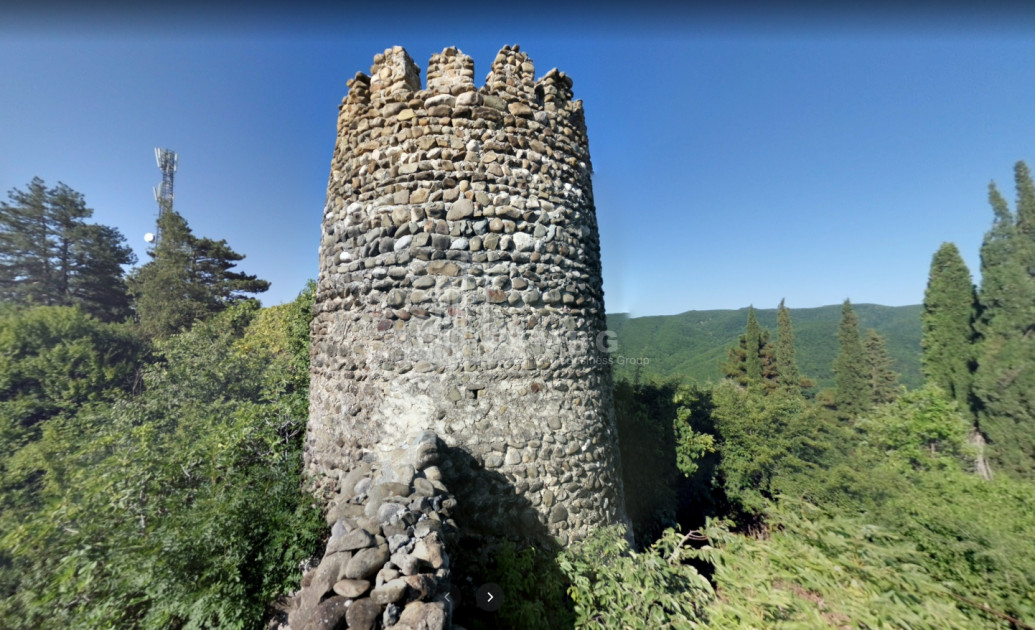
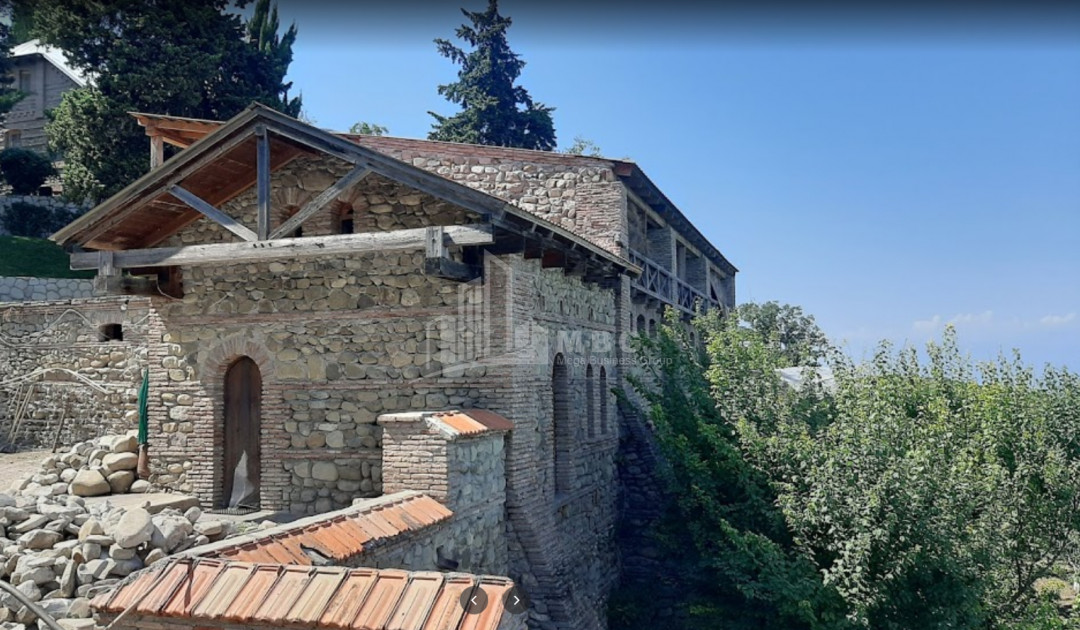
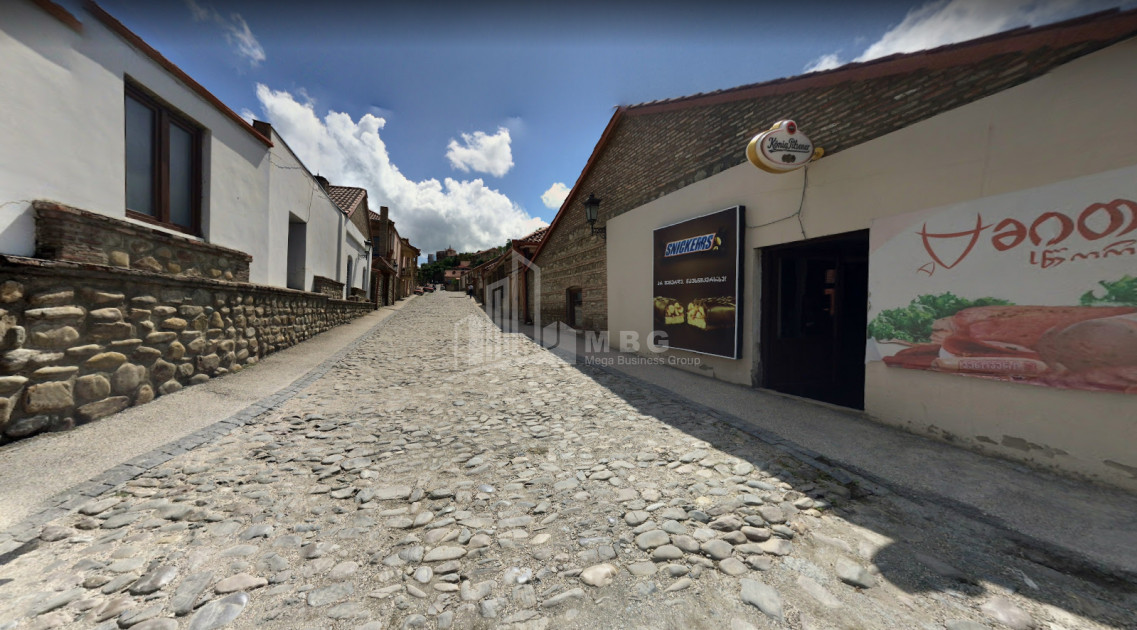
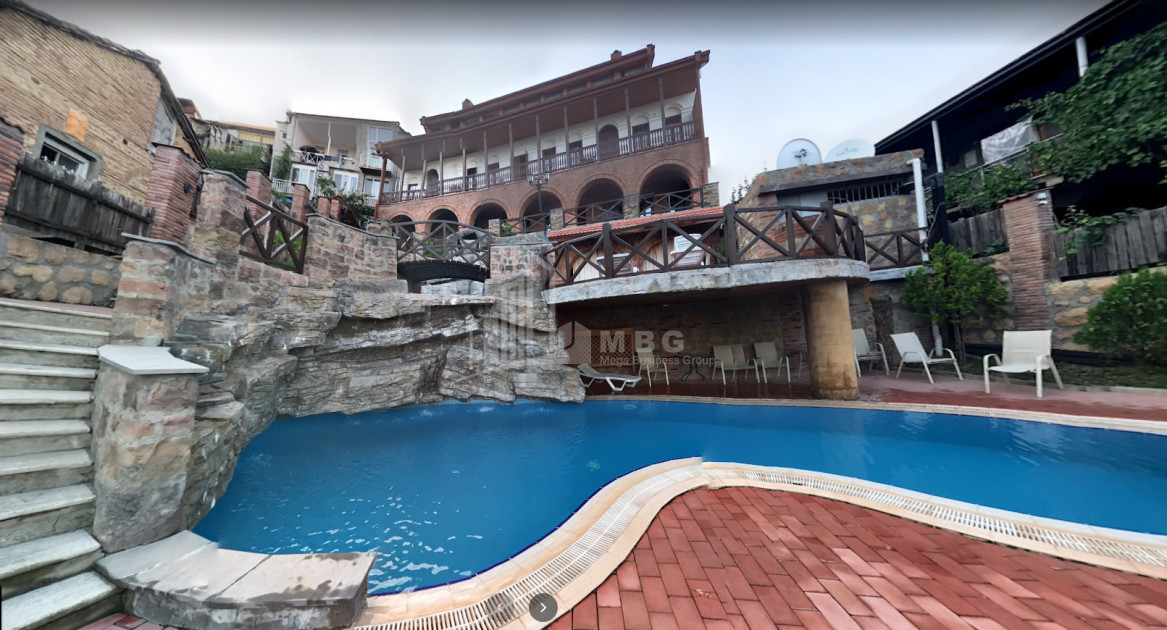
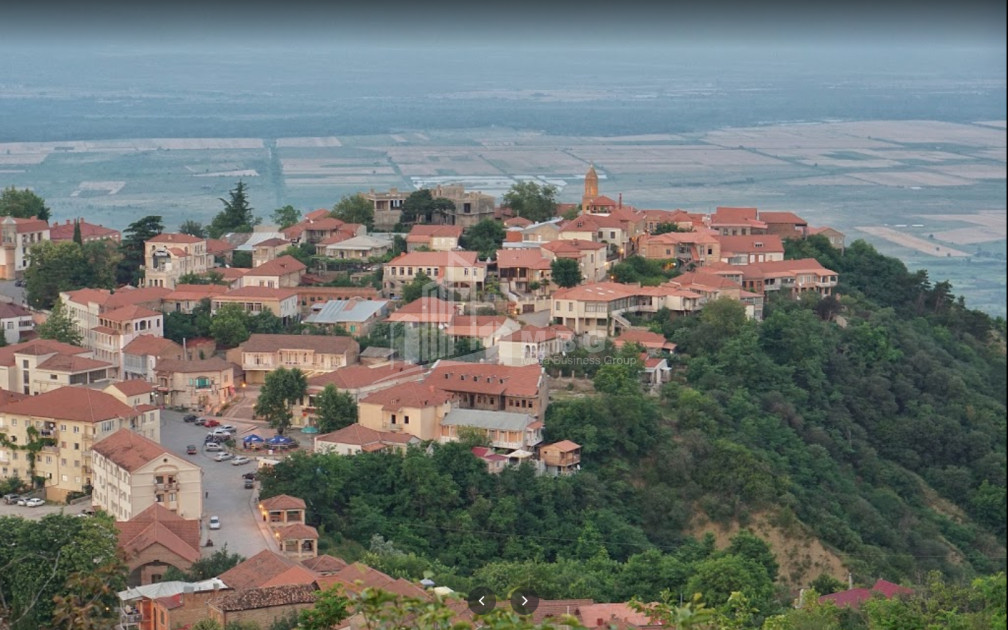
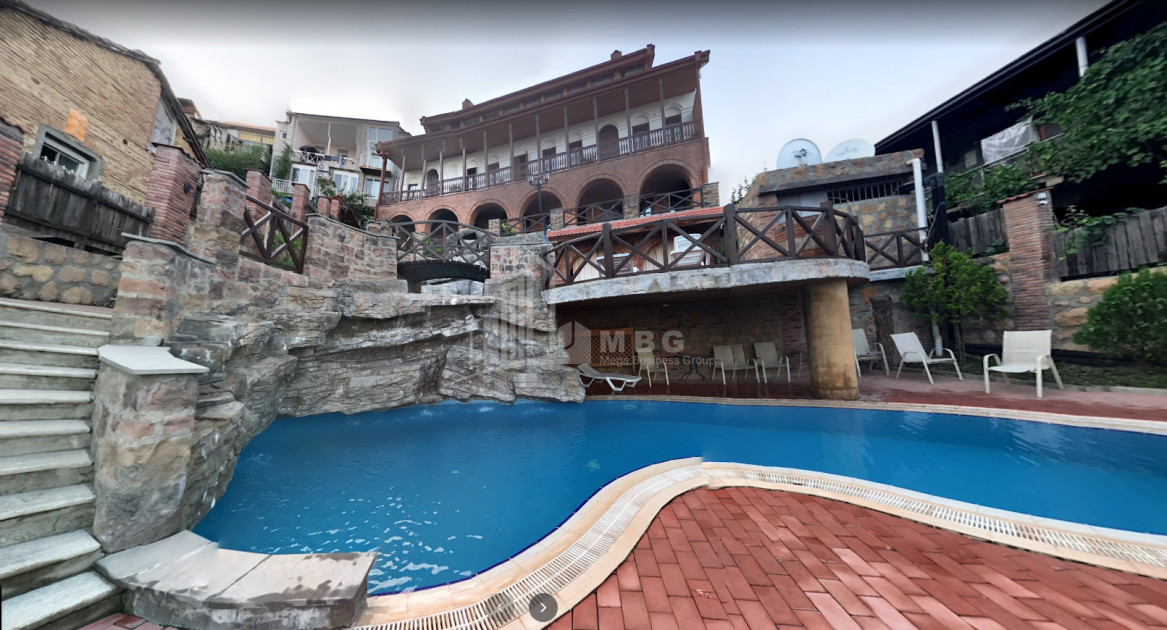
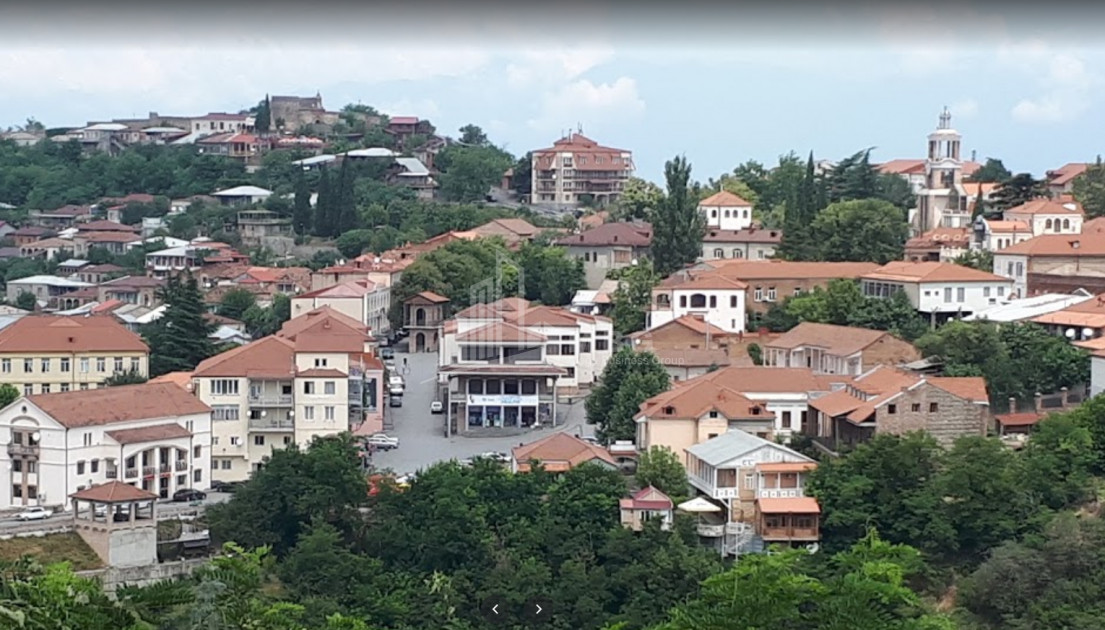
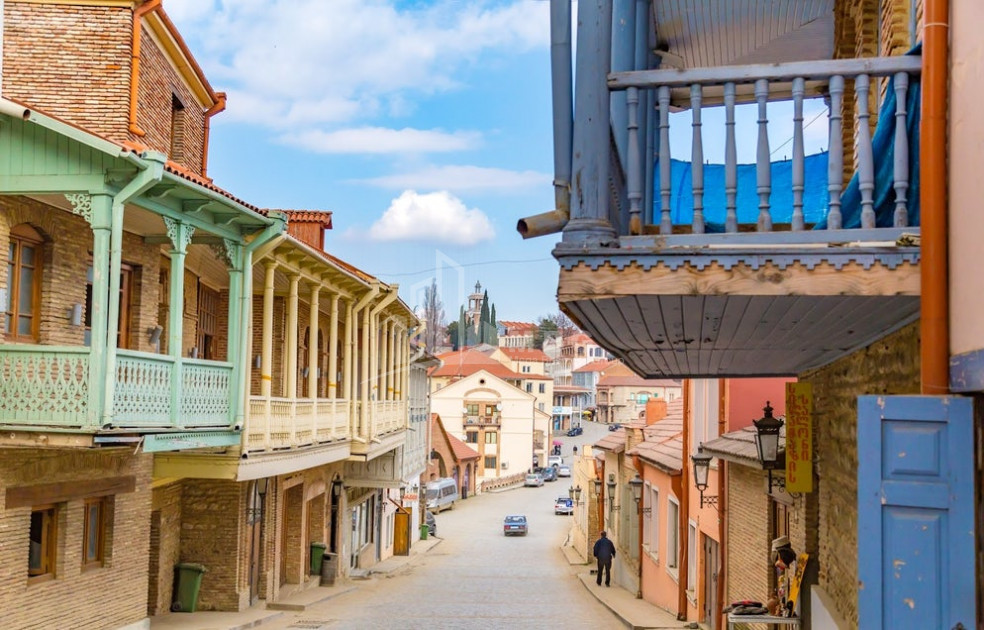
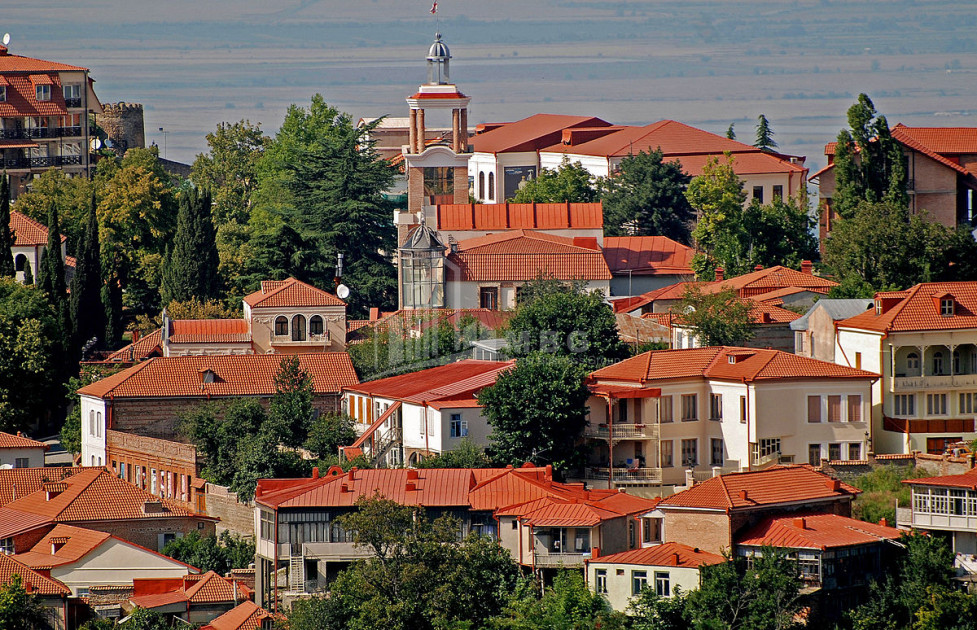
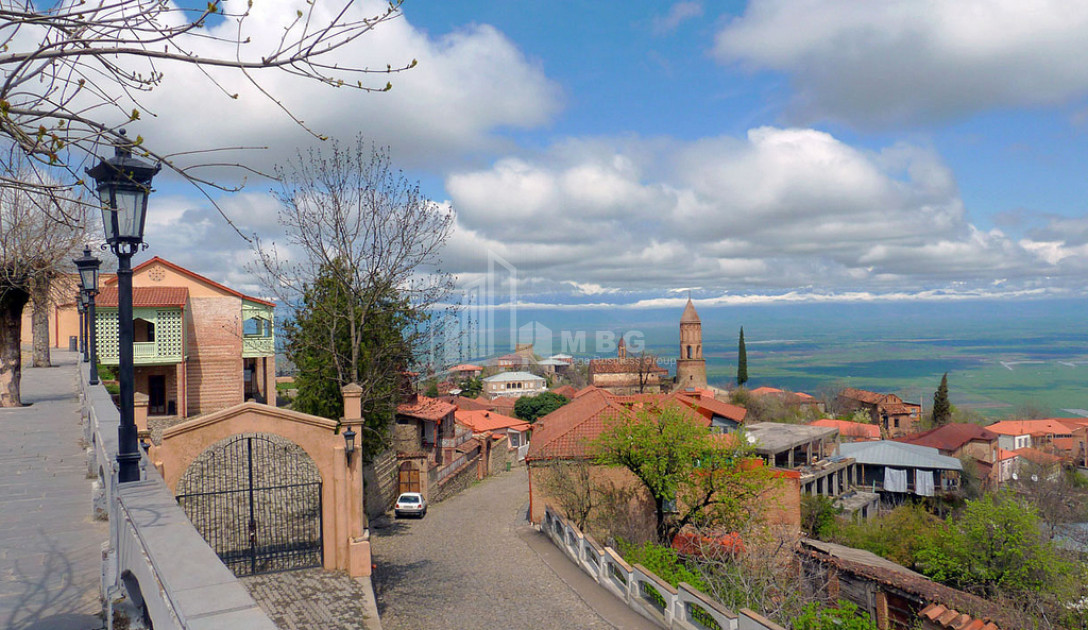
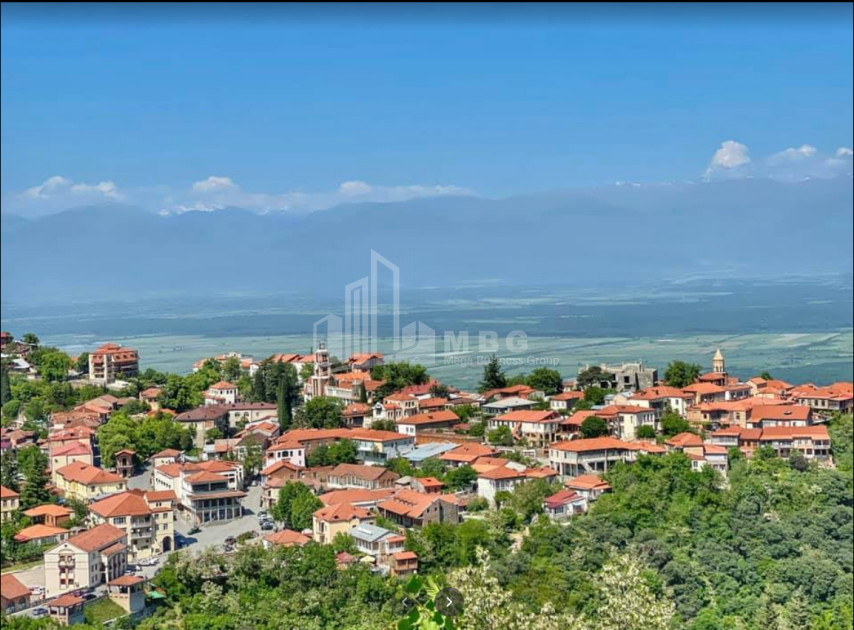
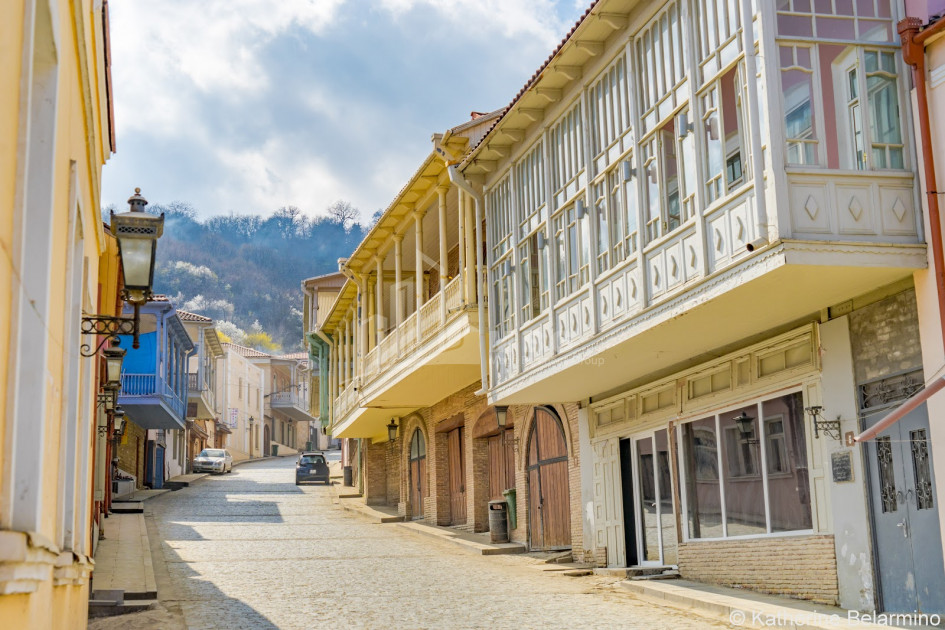
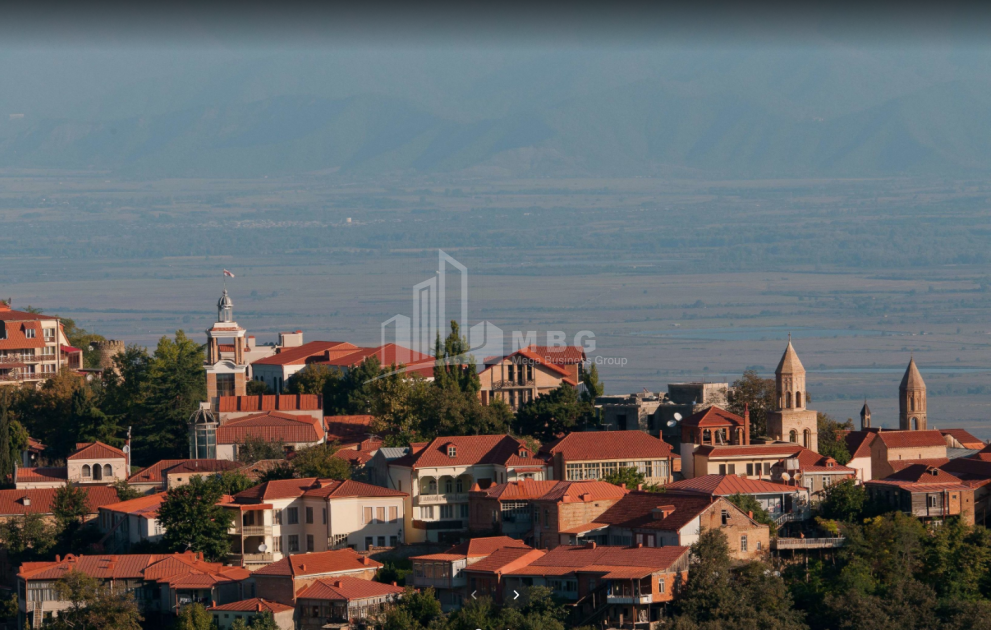
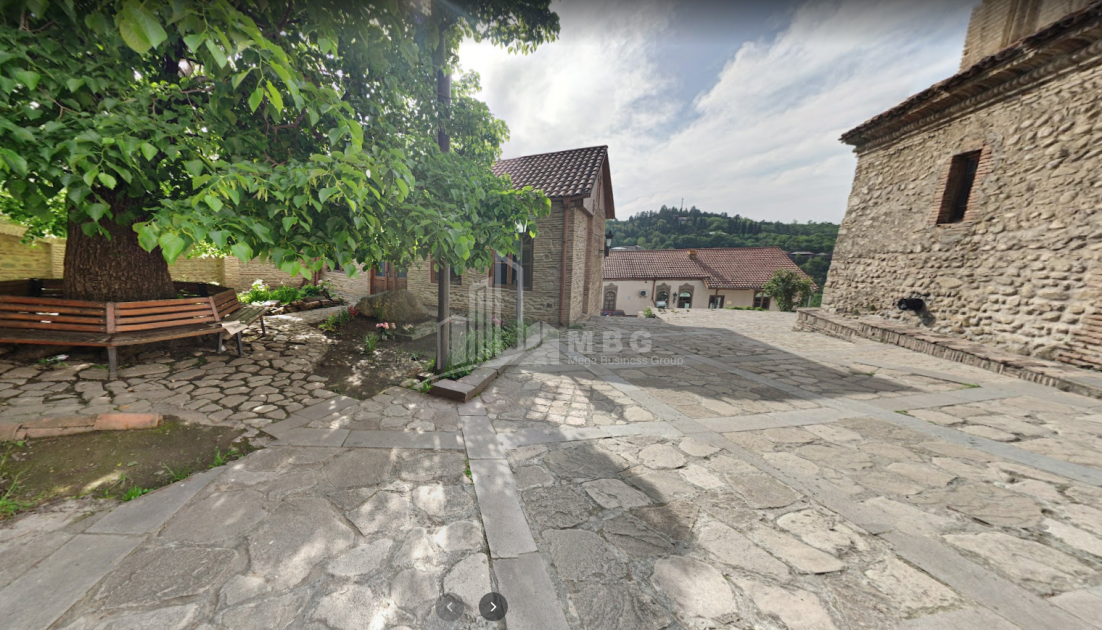
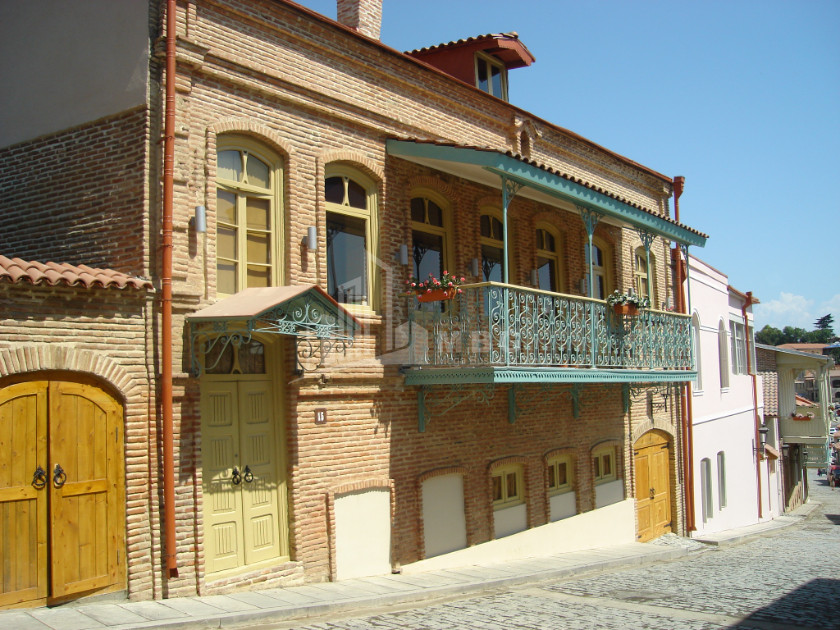
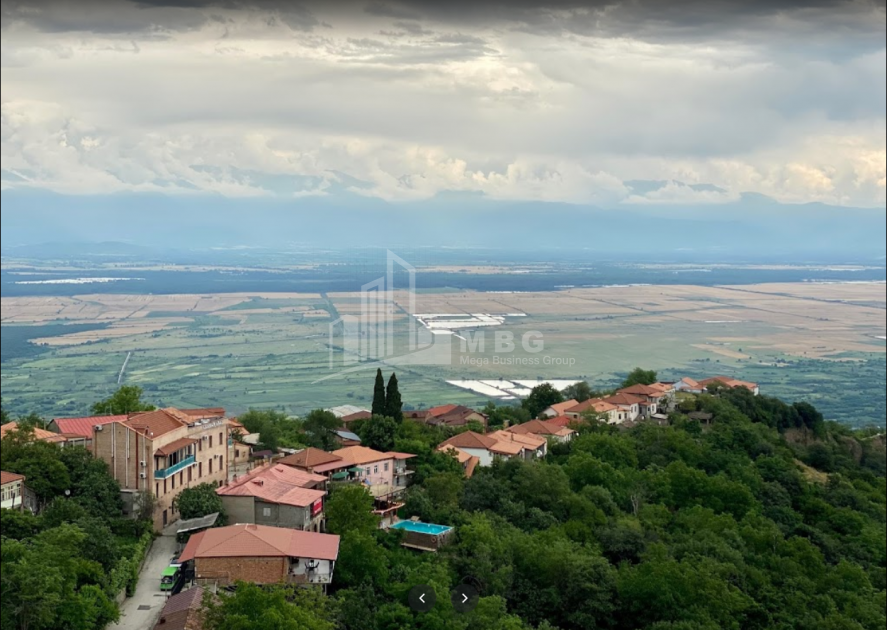
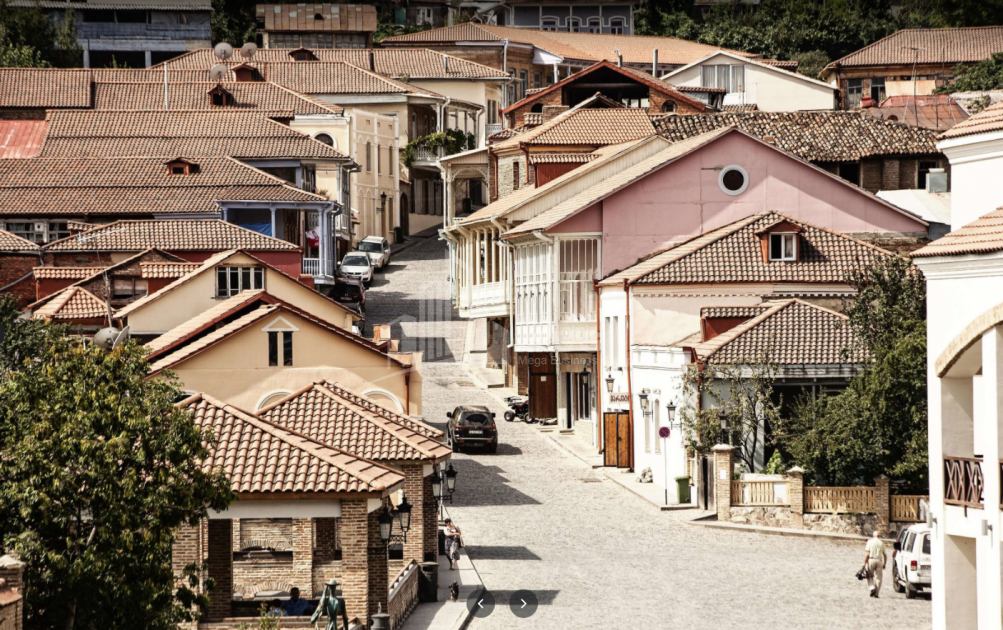
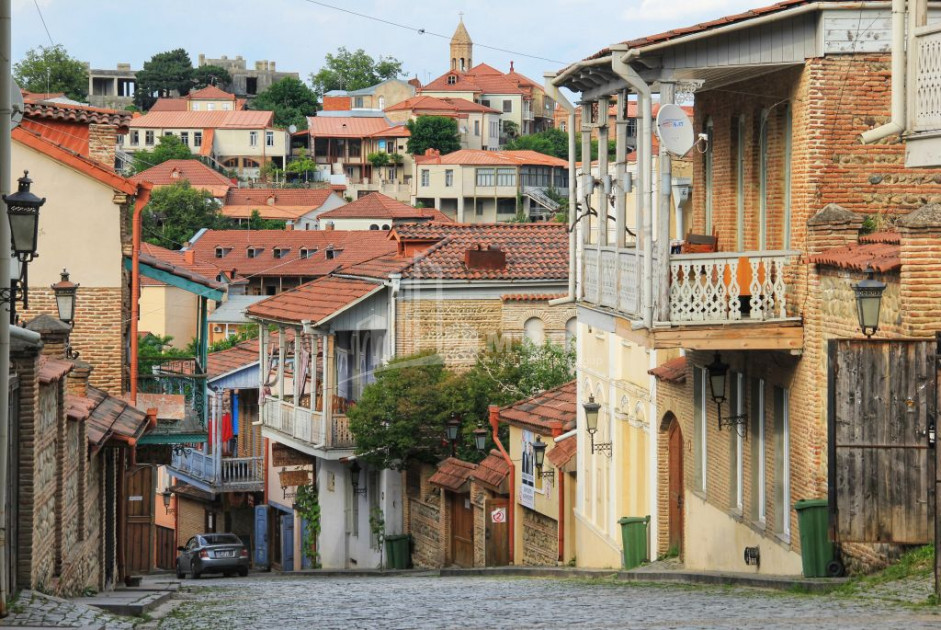
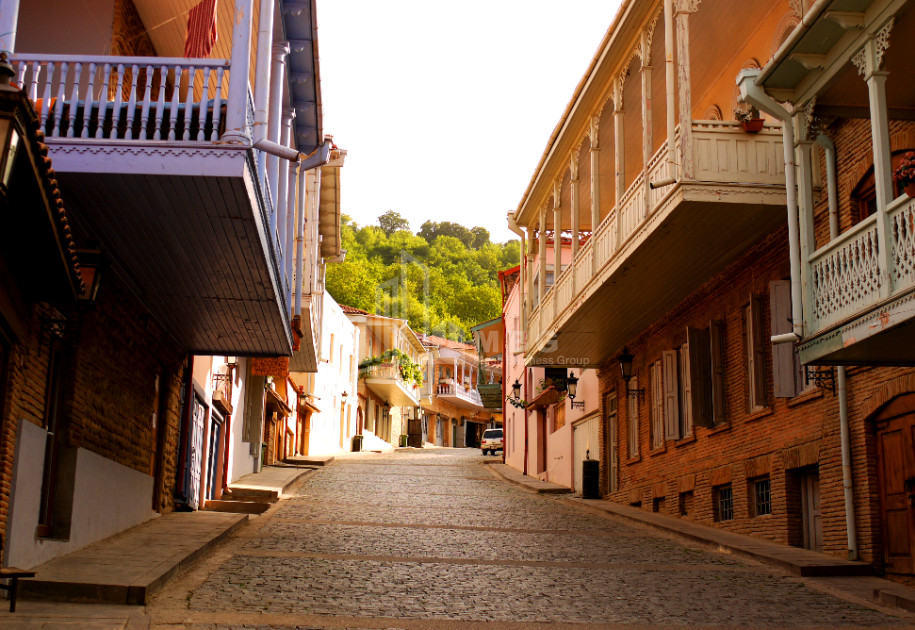
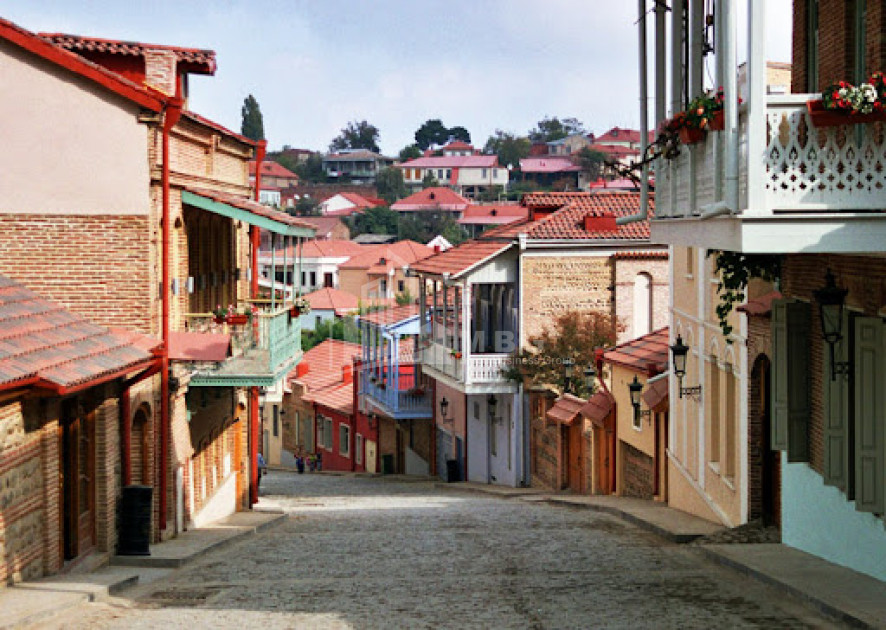
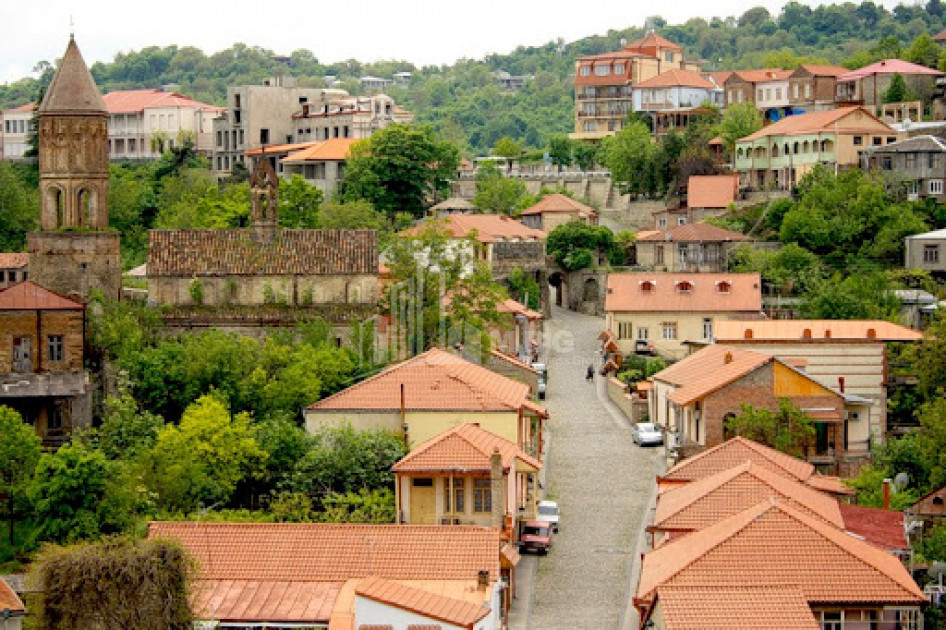
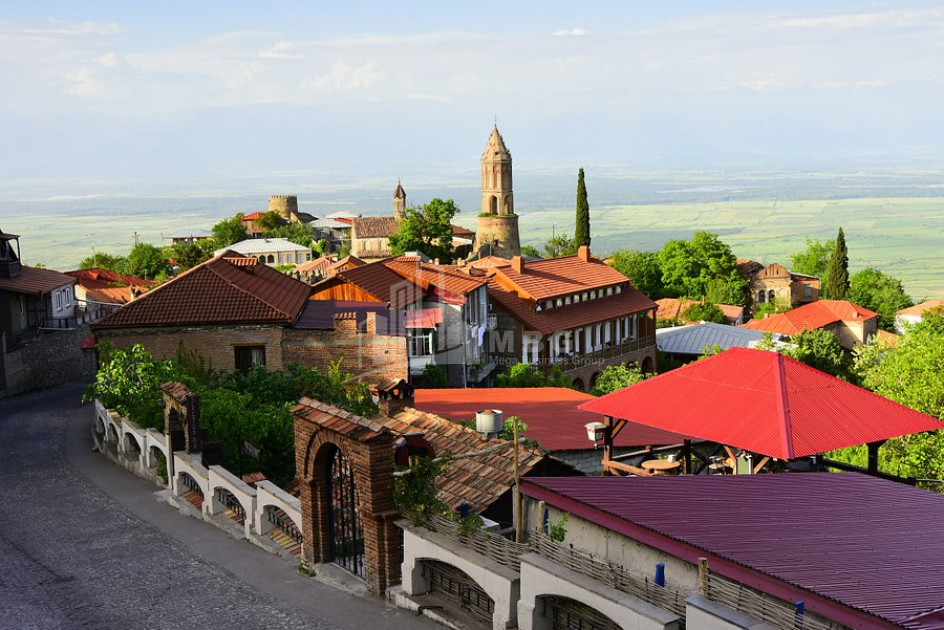
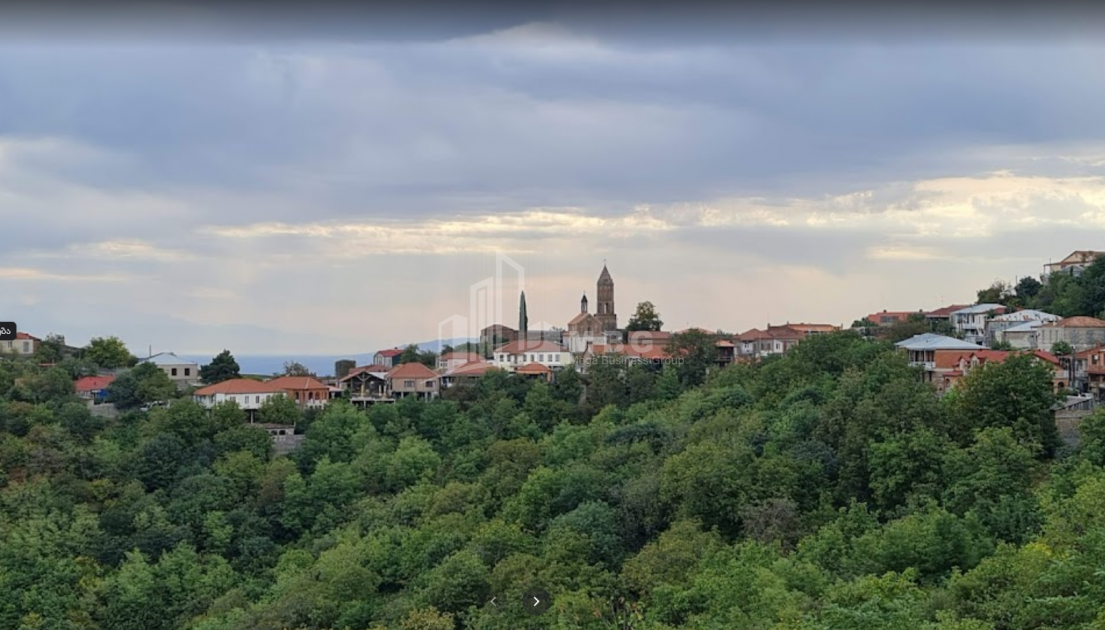
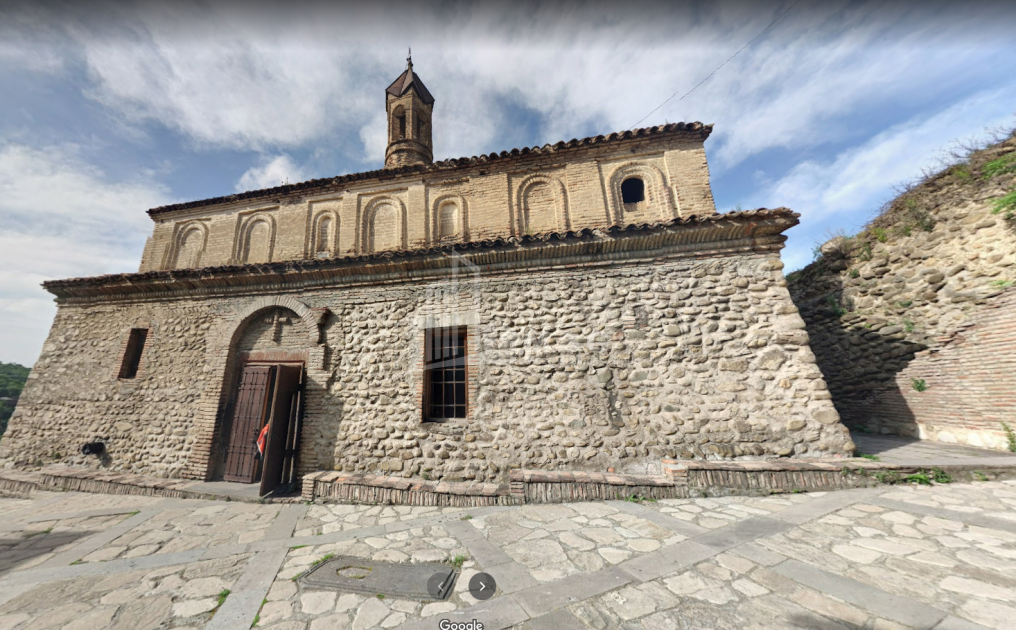














































 18714
18714








 Kvemo Bodbe
Kvemo Bodbe

